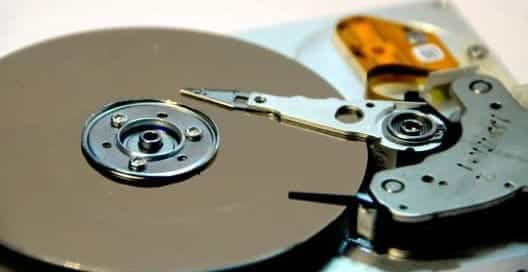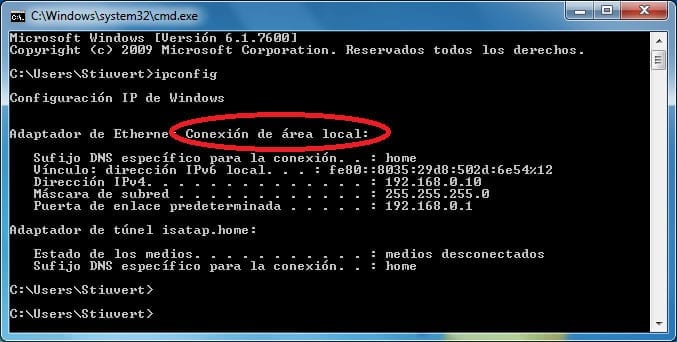On more than one occasion you have tried to format a hard drive and you have found yourself needing to choose a file system during the process. Most likely you do not understand well what it is about and on many occasions you will choose the wrong way, so you may think that a hard drive or memory stick is not working properly when in reality what is failing is the file system. To help us solve this problem, below we are going to explain a little about what it is about and above all we will help you to choosing the right file system when formatting a hard drive.

Choose the most suitable file system for the operating system
First of all, it is important to keep in mind that each file system will be associated with a specific operating system. In this sense we can highlight the following file systems:
- Windows: FAT32 and NTFS
- mac os: HFS+
- Linux: EXT4
Obviously, if you use any of the Mac OS or Linux operating systems, the choice is very clear since we have only one file system. However, the problem comes with Windows, and that is that most of our readers use this Microsoft operating system. We will also have problems if we use the same hard drive on several computers with different operating systems, and that is why we are going to help you make the best decision.
In this case we will have the possibility of choosing between two different file systems, and modern operating systems do not have to support all file systems.
For example, the FAT32 file system It is the one that Windows used in its old operating systems, but if we have installed Windows 10, obviously we will be able to recognize those disks, but the problem is that, for example, we will have problems when we work with files that take up a lot of space , since this system will not allow us to perform practically any type of action with them (we will not be able to directly insert these files on the disk).
In this sense, if we use Windows exclusively, perhaps the smartest thing in these cases is to use the NTFS file system.
A hard drive for each operating system
Despite this, many hard drives are designed to function without problems in the different operating systems, and those that are not, generally with an update that we can obtain on the manufacturer's official website we will solve the problem, which means that generally we will not to have problems playing with the same hard drive between different operating systems.
What formats do the latest operating systems read?
To help you a little more, below we indicate what types of format we can use for each of the main operating systems used today.
- Windows XP: NTFS, FAT32 and exFAT.
- Windows from Vista to 10: NTFS, FAT32, exFAT, HFS+ (read only with Bootcamp) and EXT3/3/4 (with compatible software).
- Mac OS Leopard: NTFS (read only), FAT32 and HFS+.
- Mac OS X: NTFS (read only), FAT32, exFAT and HFS+.
- Ubuntu: NTFS, FAT32, EXfat (with ExFat package), HFS+ and EXT2/3/4.
Industrial Engineering student and lover of writing and technology, for several years I have participated in various pages with the aim of always keeping myself informed of the latest trends and contributing my grain of sand in this immense dissemination network that we know as the Internet.





